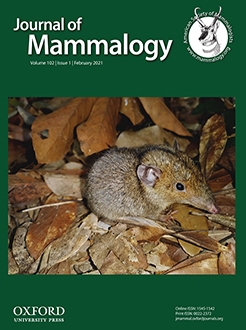While hypsodonty mostly is associated with medium to large body sizes in sigmodontine rodents, high-crowned molars combined with small bodies rarely are recorded. This latter condition is present in Neomicroxus (Sigmodontinae, incertae sedis), a genus of high-Andean cricetids also characterized by a noticeable set of cranial traits, including enlarged turbinals and rostrum, slanting zygomatic plate, and a marked backward displacement of the vertical ramus of the dentary, linked with an enlargement of the basicranial region. These morphological features, combined with the isolated position of this lineage in molecular-based phylogenies, indicate that Neomicroxus should be situated in a new tribe. We name and describe this Páramo novelty monotypic clade here. As a working hypothesis, the hypsodonty displayed by this group is considered an evolutionary response to continued volcanic ash falls that characterized the region during the Neogene. A reappraisal of tribe recognition within the two cricetid largest subfamilies, arvicolines and sigmodontines, is made, coupled with a discussion about the role of morphological convergence in “long-nose” cricetids.
How to translate text using browser tools
17 March 2021
A unique cricetid experiment in the northern high-Andean Páramos deserves tribal recognition
Ulyses F. J. Pardiñas,
Jenny Curay,
Jorge Brito,
Carola Cañón
ACCESS THE FULL ARTICLE

Journal of Mammalogy
Vol. 102 • No. 1
February 2021
Vol. 102 • No. 1
February 2021
Colombia
convergence
Ecuador
Neomicroxus
Sigmodontinae
Venezuela
Volcanic ash




